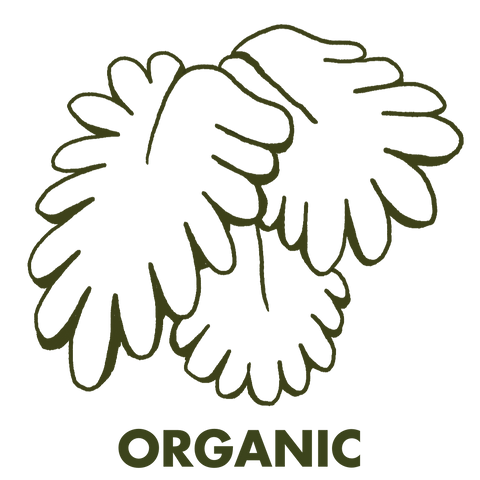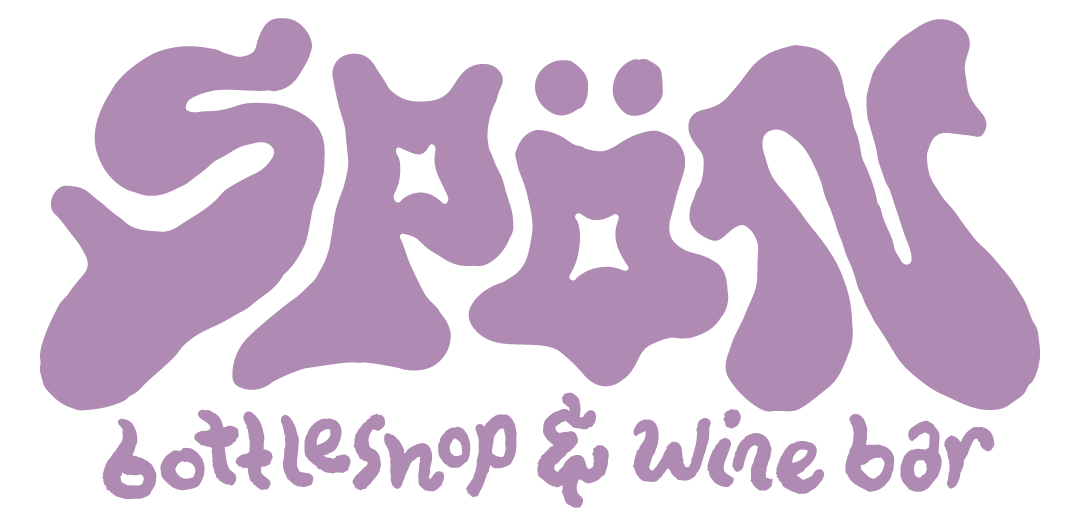
2021 Peter Lauer Ayler Riesling Faß 2




WINEMAKER: Florian Lauer
REGION: Saar, GER
VARIETAL: Riesling
VITICULTURE: Organic
The 2021er Ayler Riesling N°2 is a bone-dry wine (with 1 g/l of residual sugar) made from fruit picked in the front, east-facing part of the original Kupp hill, in the upper section near Stirn. It proves still quite backward at first and needs a few moments to shed the reductive notes of smoke and wet stone and reveal its beautiful scents of elderflower, cassis, pear, vineyard peach, and herbs. The wine is still on the firm side on the palate but the finesse and precision are already remarkable (for a “mere” Estate wine). Superb scents of citrusy fruits, whipped cream, fine herbs, and some spices underline this in the finish. The aftertaste is zingy but also a tad reductive. This beautiful dry wine really only needs a few months in bottle to let some of the firmness mellow away. It will then prove quite irresistible.
For purists, there is nothing like the Saar. Saar shows intensity without weight, grandiosity without size: rocks and acidity. Frank Schoonmaker put it best in his 1956 tome The Wines of Germany: “In these great and exceedingly rare wines of the Saar, there is a combination of qualities which I can perhaps best describe as indescribable – austerity coupled with delicacy and extreme finesse, an incomparable bouquet, a clean, very attractive hardness tempered by a wealth of fruit and flavor which is overwhelming.” Yes, this is the Saar. Peter Lauer, founded in 1830, is currently one of greatest estates in this sacred place.
The style at Lauer is quite the opposite of his famous Saar neighbours, Egon Müller and Hanno Zilliken – the focus at Lauer is for dry and off-dry Rieslings bottled from single sites, identified by their cask number, as opposed to the Kabinett, Spätlese, Auslese wines of the latter two made using the German Prädikat System. Yet the hallmarks are similar: purity, precision, intensity, minerality.
Florian is a minimalist in their cellar. The only interventions are temperature control, a clarification prior to fermentation and battonage (stirring of the lees). The grapes ferment spontaneously with native yeast. Lees contact is allowed as well as some partial malolactic fermentation. As he describes it, "I don't look for malo but I don't avoid try to avoid it. It just happens in parallel." This approach takes the edge out of the acidity, and if done with care, doesn’t add simplifying lactic notes. The end results are undeniable: depth, texture, dimension, and clarity.
